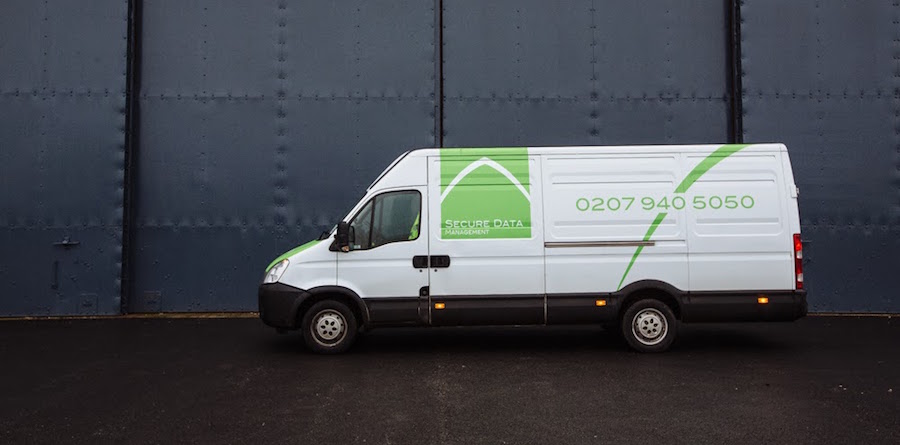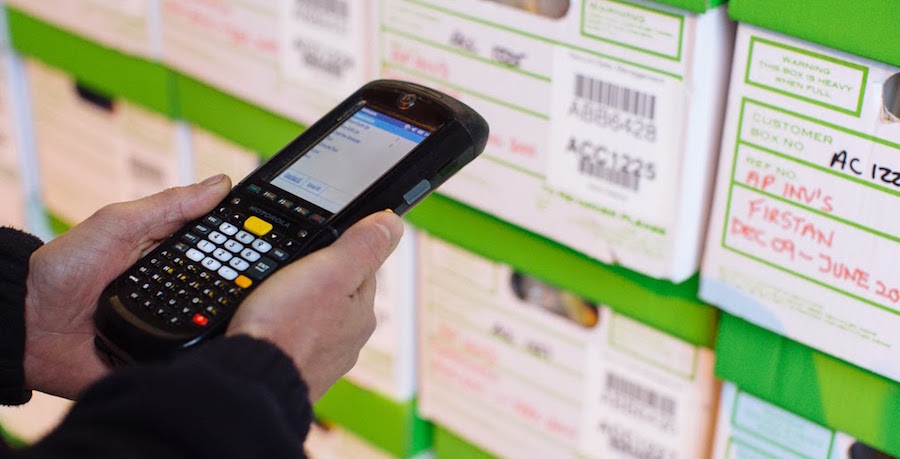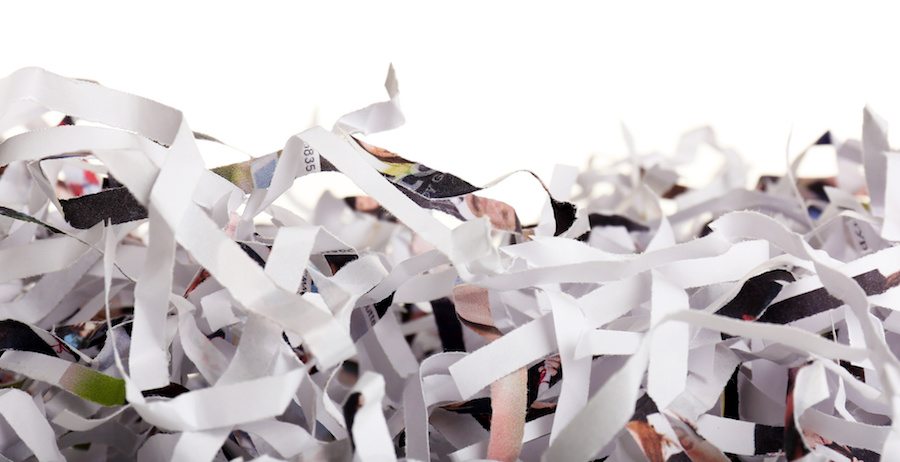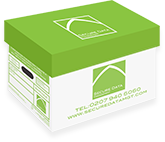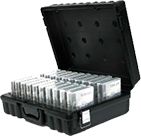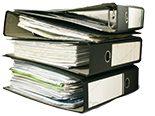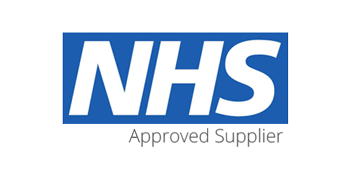When a company moves offices it is inevitable that the amount of paperwork and documentation in the workplace will increase by about 30%. A scary thought, yes.
Often, it is left to the office manager alone to deal with this, as well as every other issue that goes hand-in-hand during a transition period. This doesn’t need to be the case. Why buy more filing cabinets, hire courier services to deliver documents to the new office to “deal with when you get there” or waste time, space and paper? Instead you can send away older documents to storage, where they will be kept safe and out of your way until you either recall them or securely destroy them.
Execute a Full Audit
It is very easy to let unessential documents pile up and take over valuable space, and in effect you will end up taking them to your new office. By going through all your excess documents, you will be able to establish what you need, what can be stored and what can be destroyed.
This will be time consuming so you will need to be decisive, accurate and swift, but once this is done you will be able to establish clearly what stays and what goes. It also means that if and when you recall a certain document it can be found quickly through a simple index of records database.
Create an Inventory
The best way to make sure that your documents are easy to find is to box them up and make sure that every document and box is placed onto a database (most commonly a Flat File Database in a program such as Microsoft Excel). If storing by file, you will need to make sure that every record is labelled with a unique identifier, along with every box. This can be a time consuming process of data-entry, but the benefits far outweigh any immediate inconvenience.
Proper indexing ensures that when you need to find a specific file, all you have to do is search by a field such as date, subject or unique identifier and you will be able to find what box it is in. At Secure Data MGT, we provide a full auditing service, following the records management best practices outlined above.
The processes are very simple; the details of every folder are entered onto a database (usually a subject heading, client name, or matter number) and every folder is given a file barcode (if you choose to be file managed). Every box containing the files has a box barcode, so when searching for a file all the information is there along with the box number – making them easy to locate.
Dealing with Confidential Documents
What if you have an office with confidential documents but you don’t have the room to store them?
Cabinets can be bulky and you may need the room for more recently created documents, so why not outsource your document storage and free up some space? You will need to be assured in the knowledge that they are safe and cannot be destroyed. Any quality document management company will be able to guarantee this.
Another good idea is to have your records scanned. This means both a hard copy backup and digital backup for immediate access. Combining your scanned records offsite backup is one of the most effective ways of modernising document management processes. It enables quick access data control and backup, with room for unlimited growth.
Document Shredding
Obviously after you have sorted through your documents and chosen which to send to storage and which to destroy, you will need to organise a shredding system that abides to a retention and classification schedule.
Environmentally conscious destruction of redundant documents is also an excellent opportunity to lower your carbon footprint. We offer free shredding bins to all businesses in the UK and our environmentally friendly, economical shredding system is unchallenged by many document storage companies.
To learn more about how to be environmentally friendly check out our post: The Green Office – Simple steps for an Eco-friendly office
Recalling Documents
Recalling boxes or files is straightforward. Our barcoding system creates full audit trails, meaning we are able to track records by location during the entire document lifecycle.


